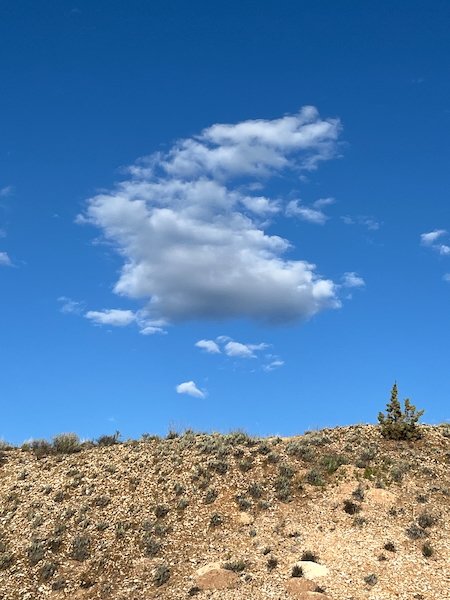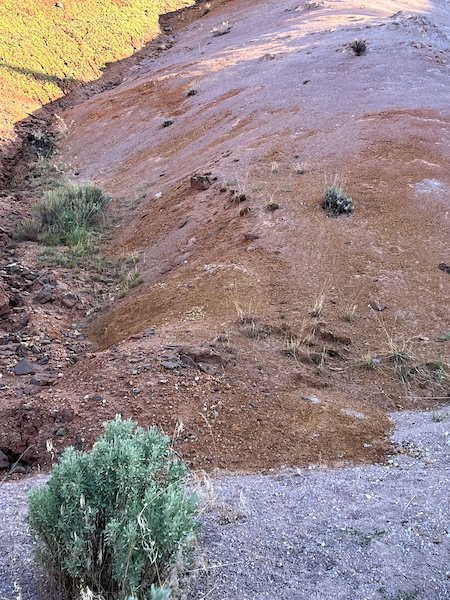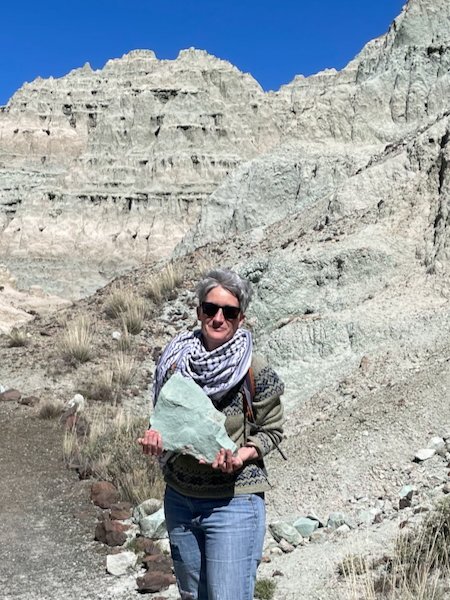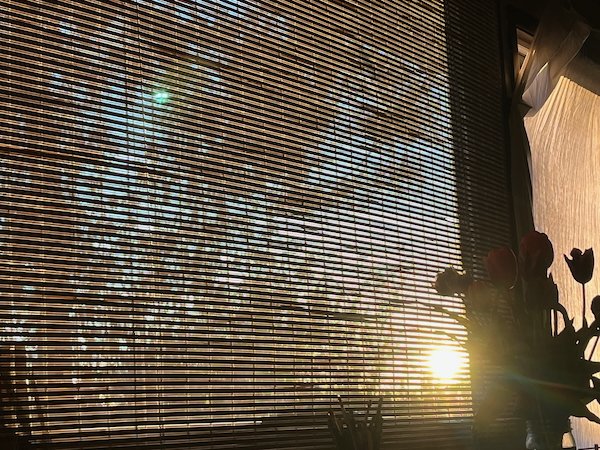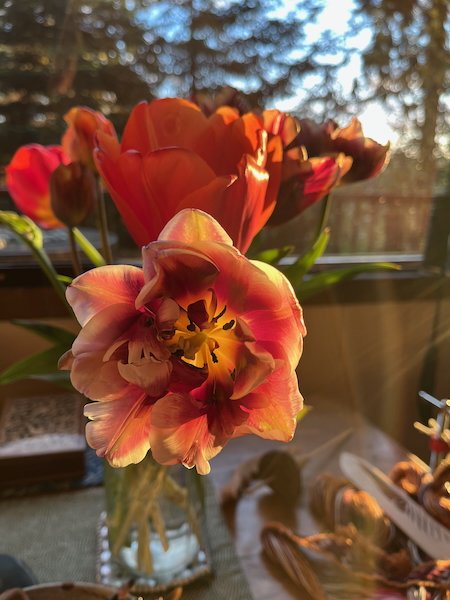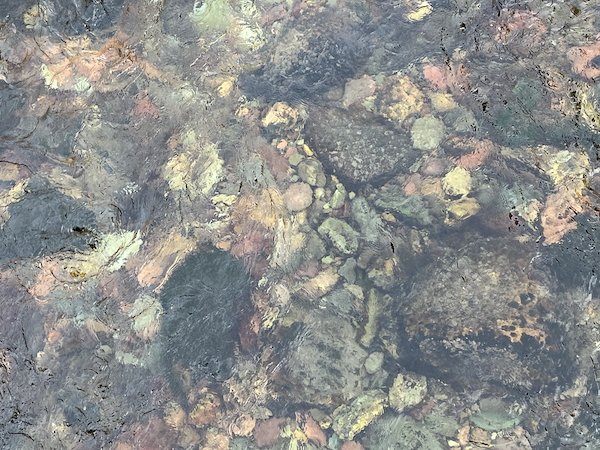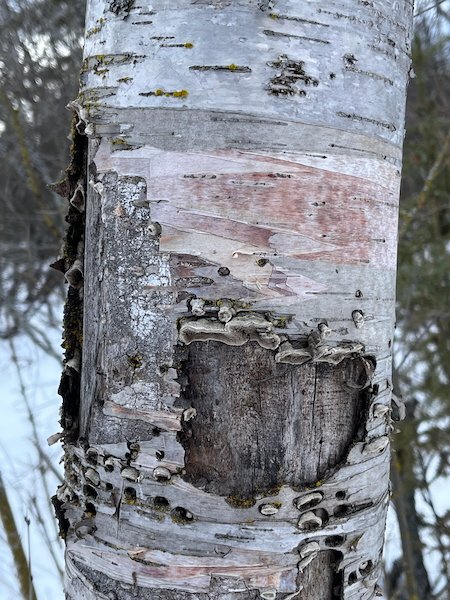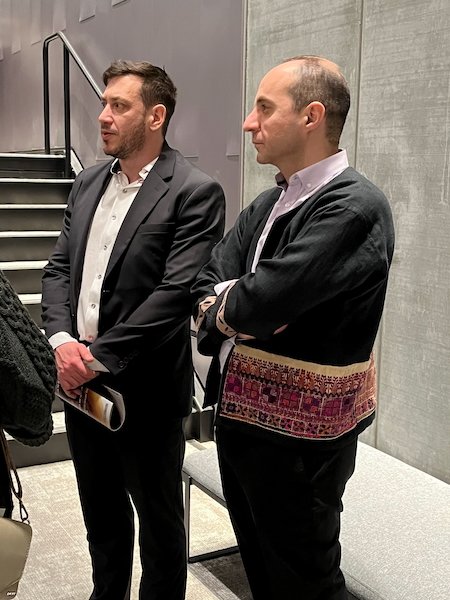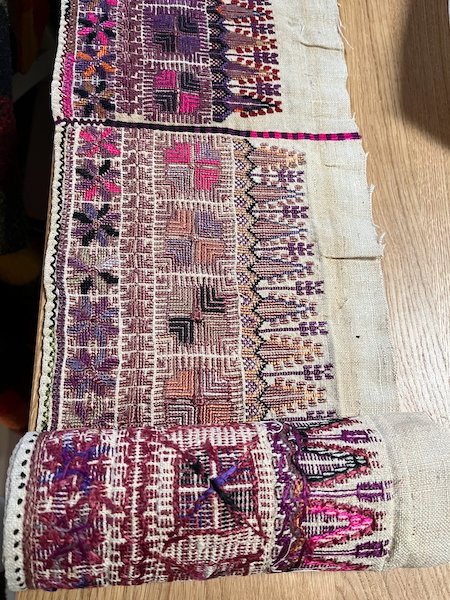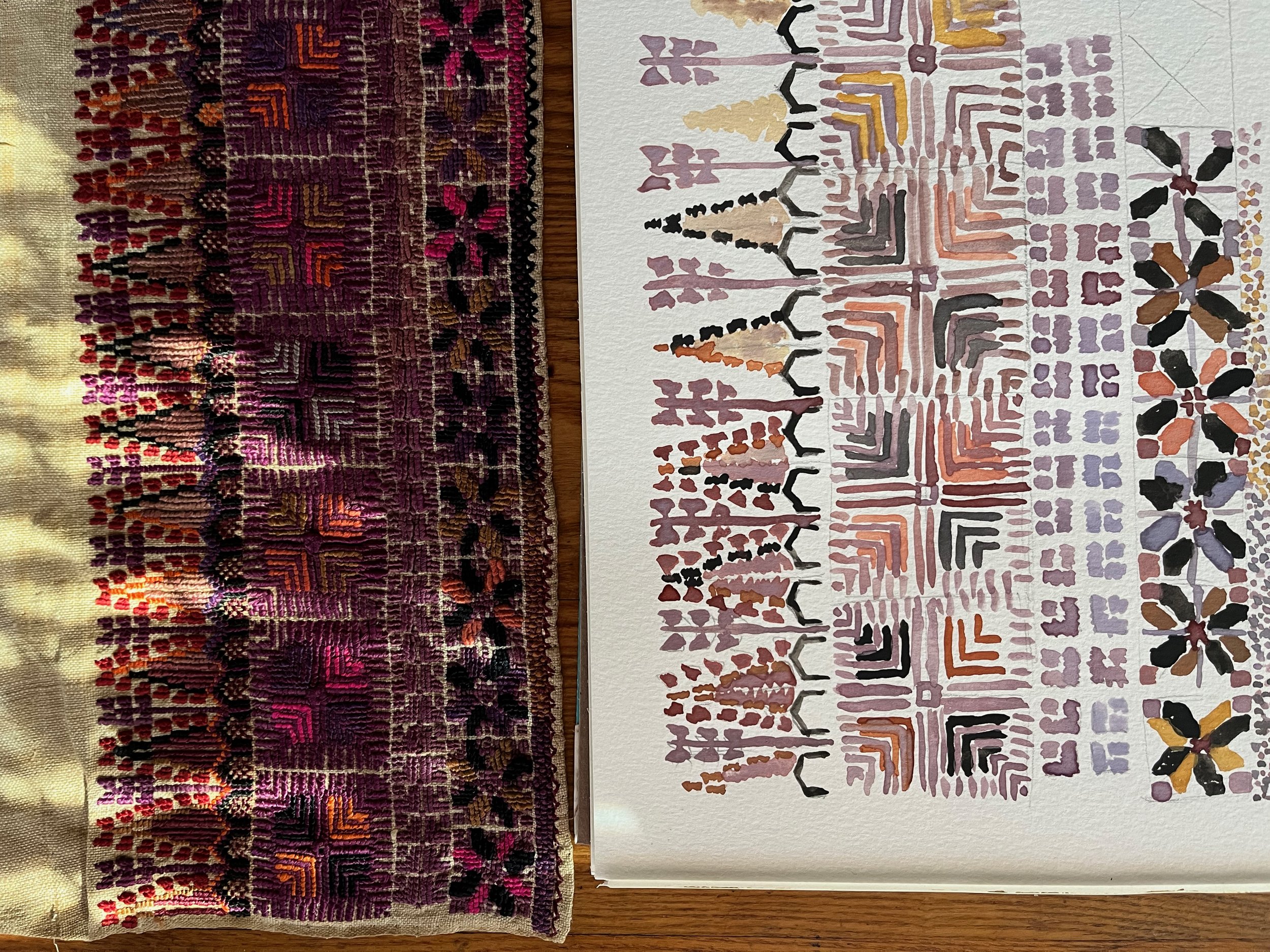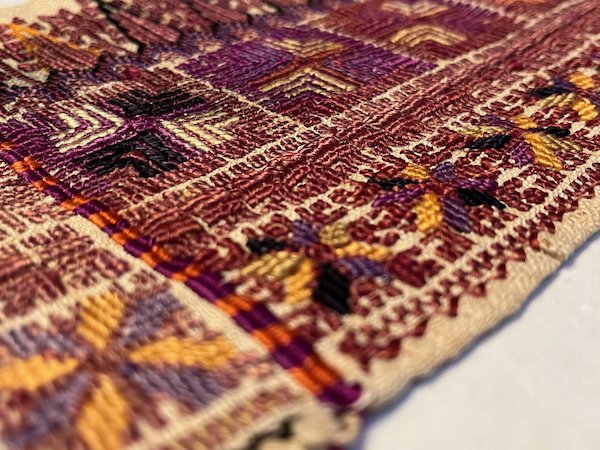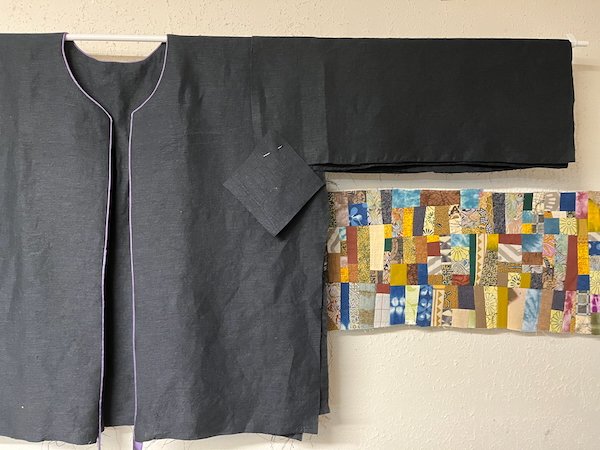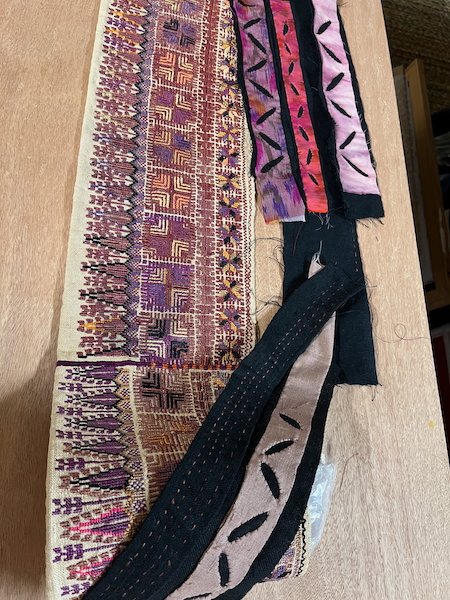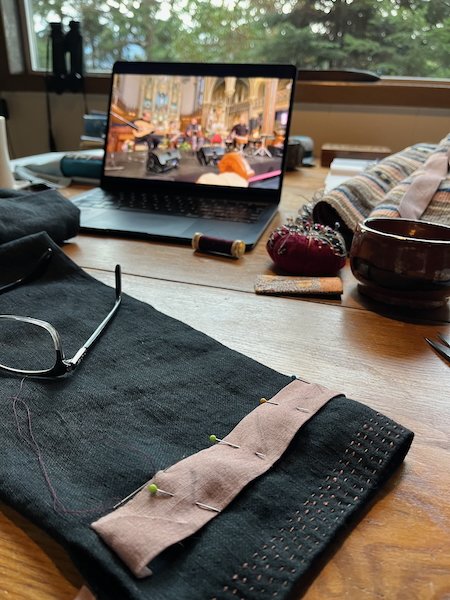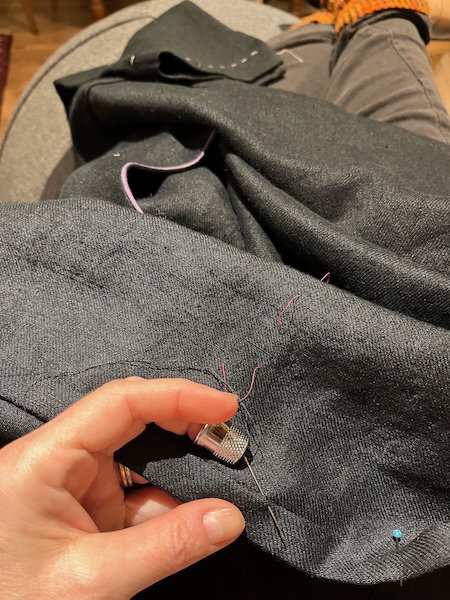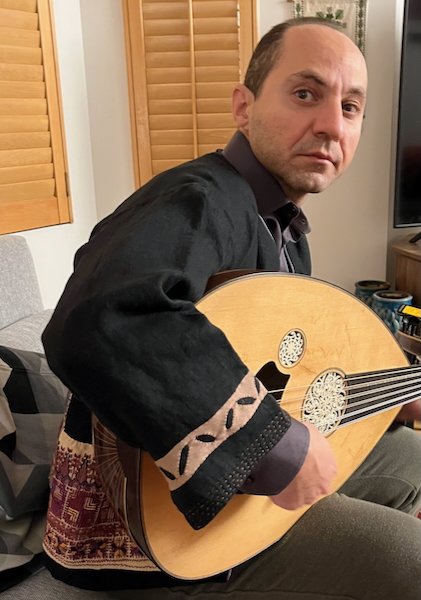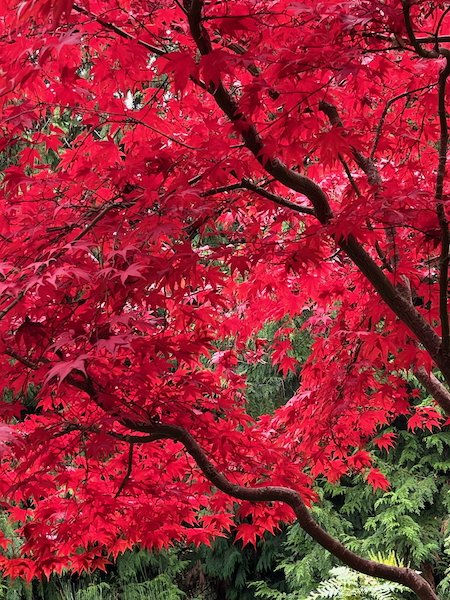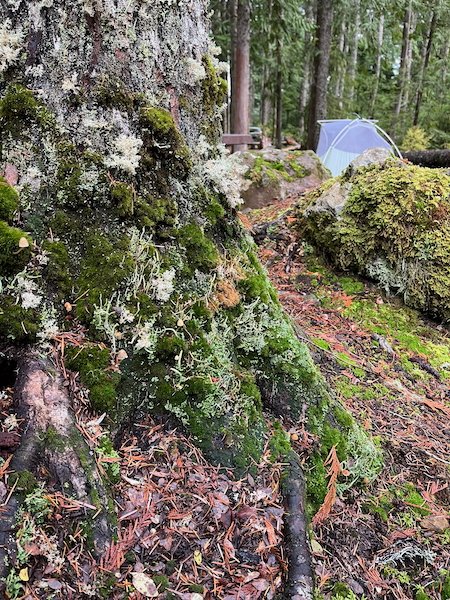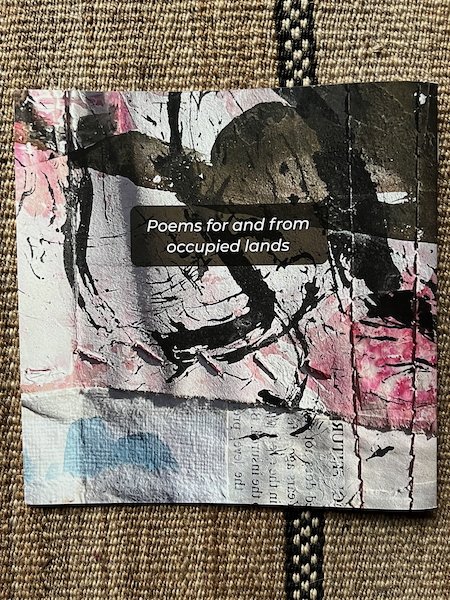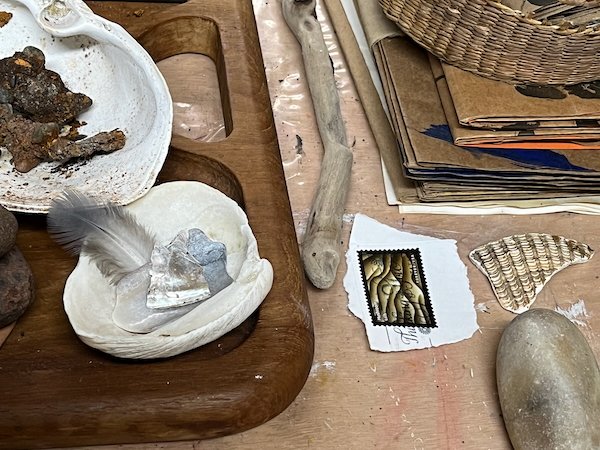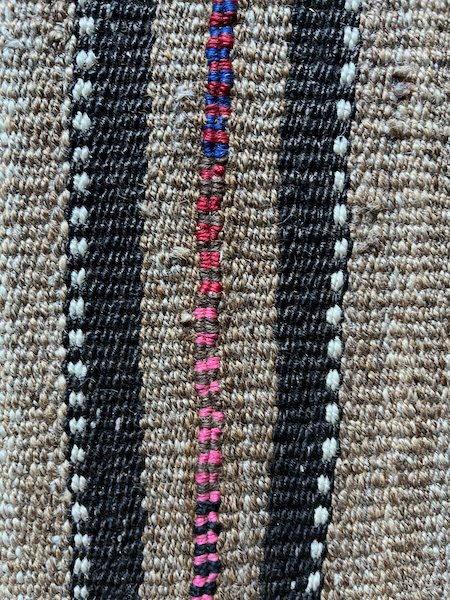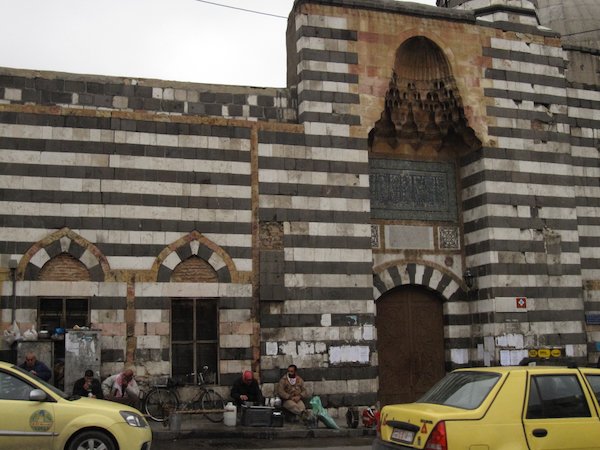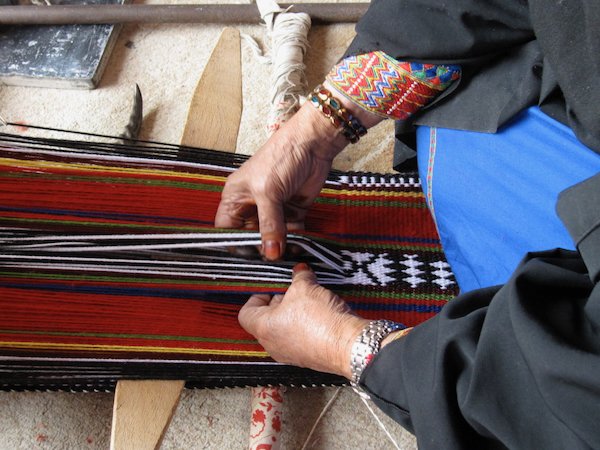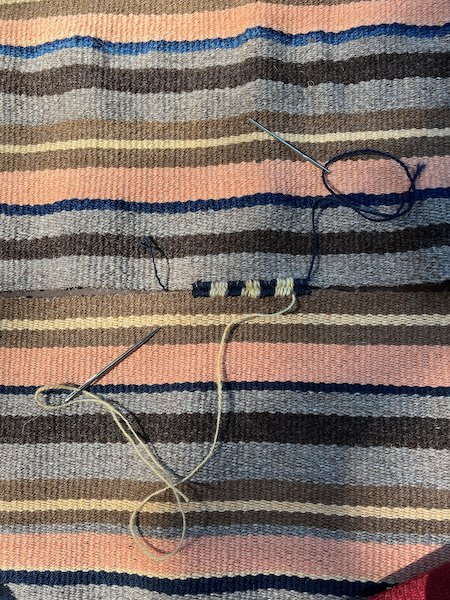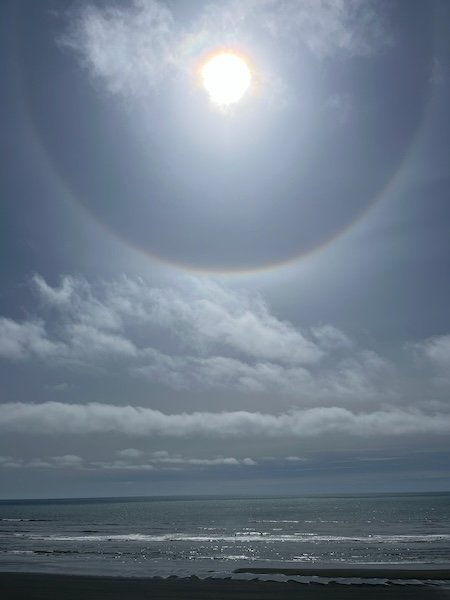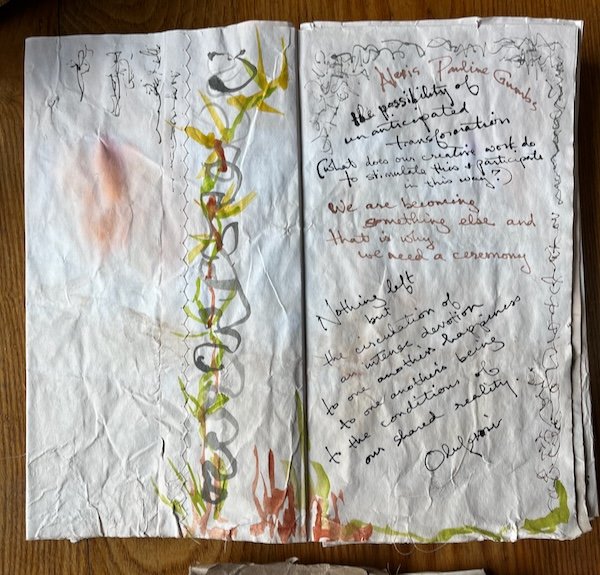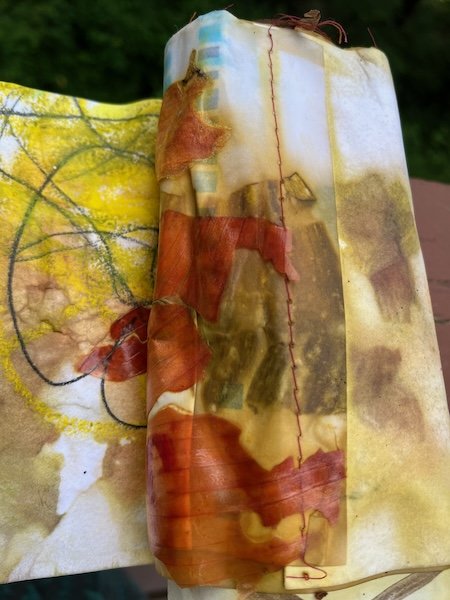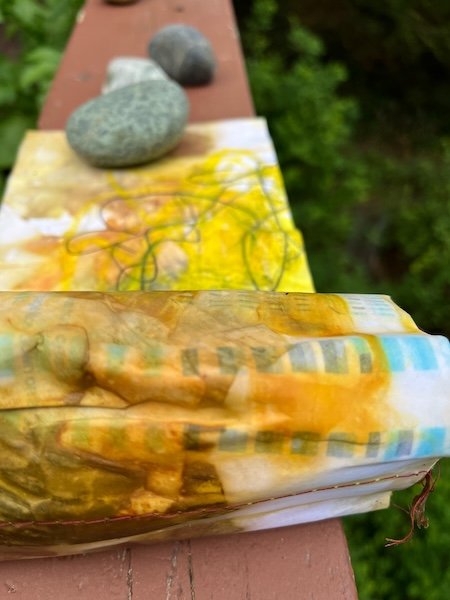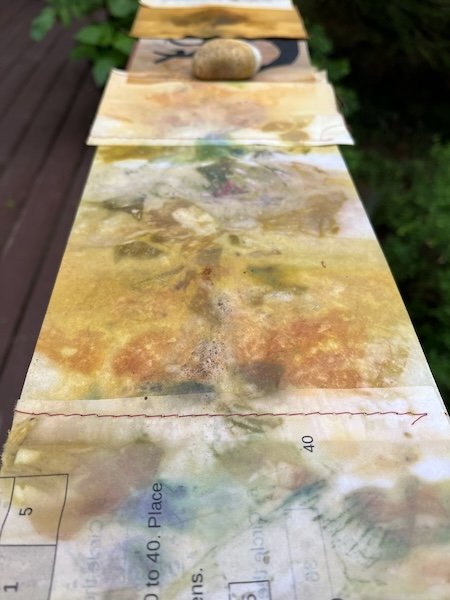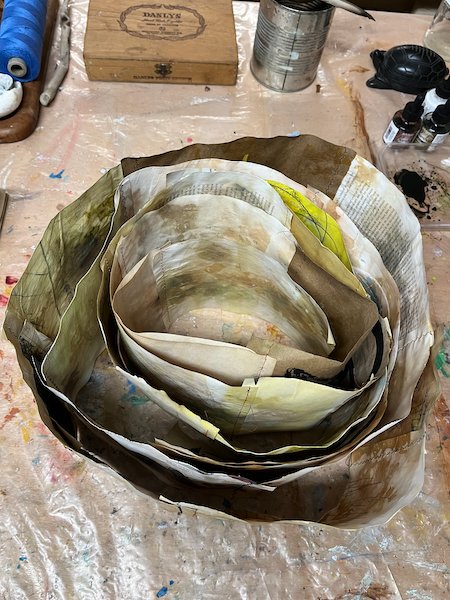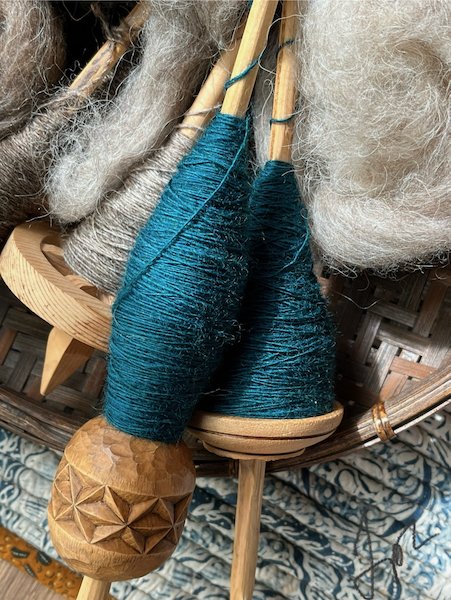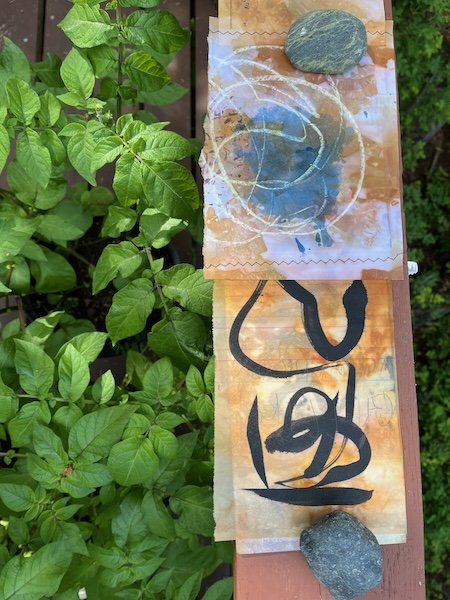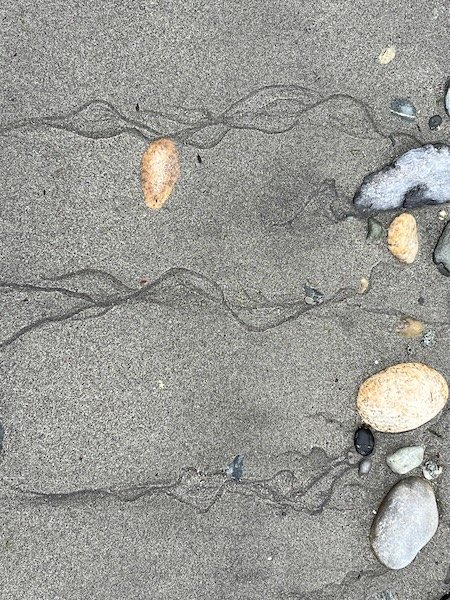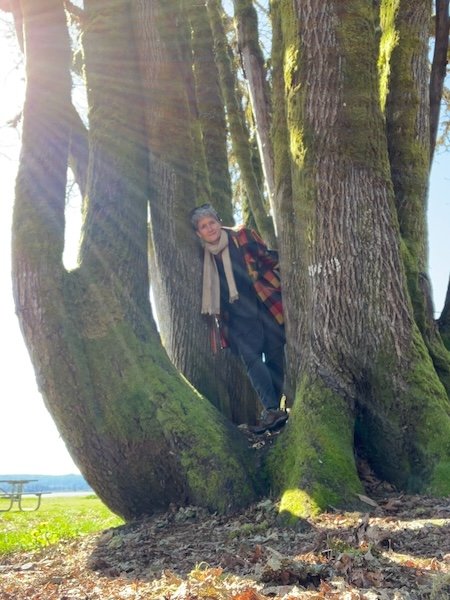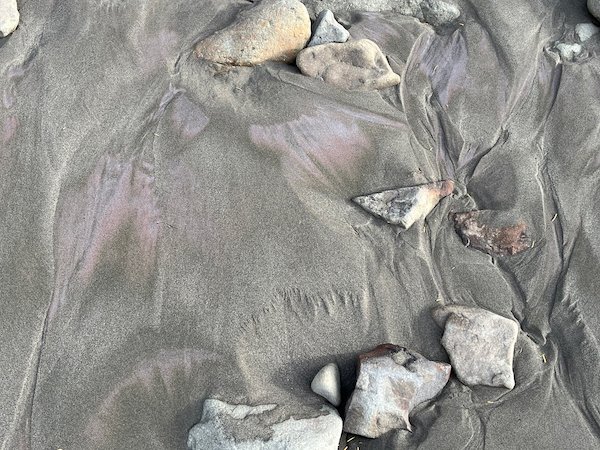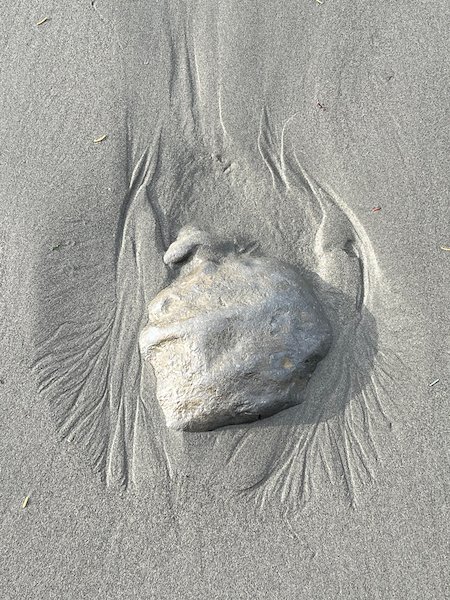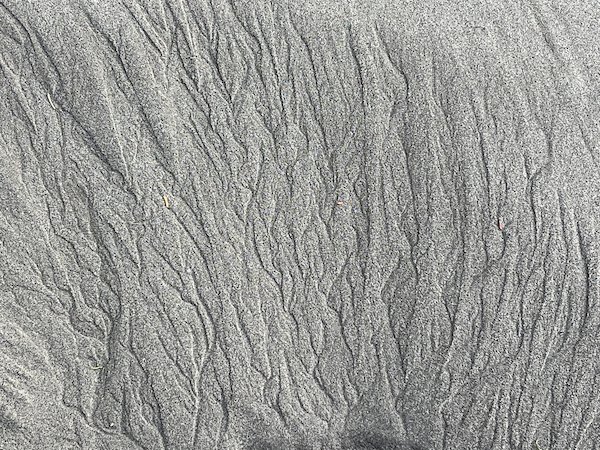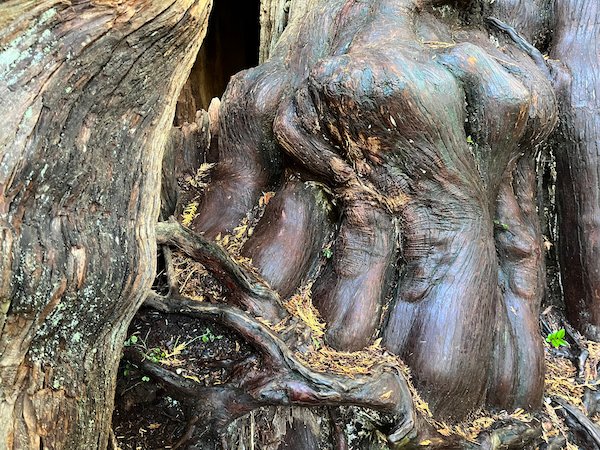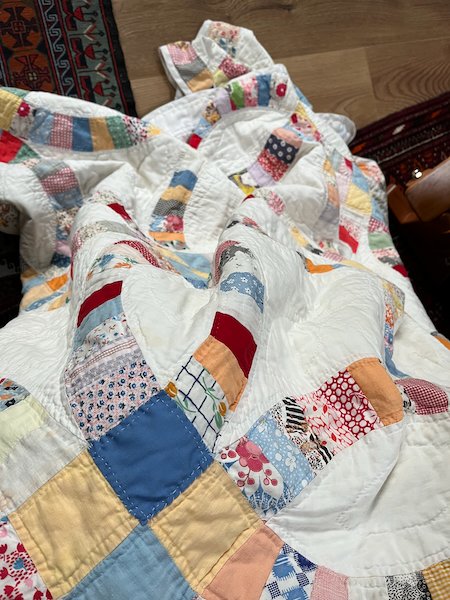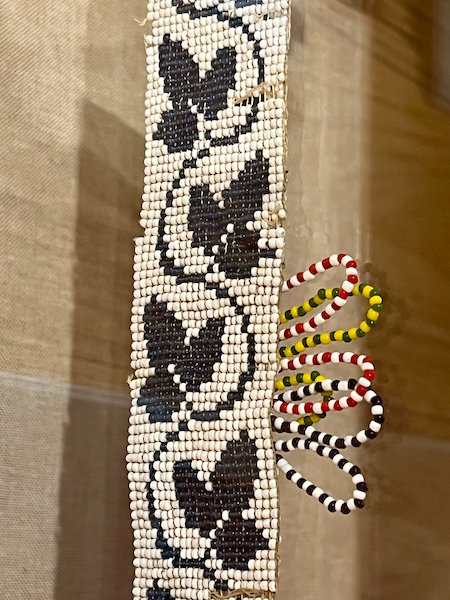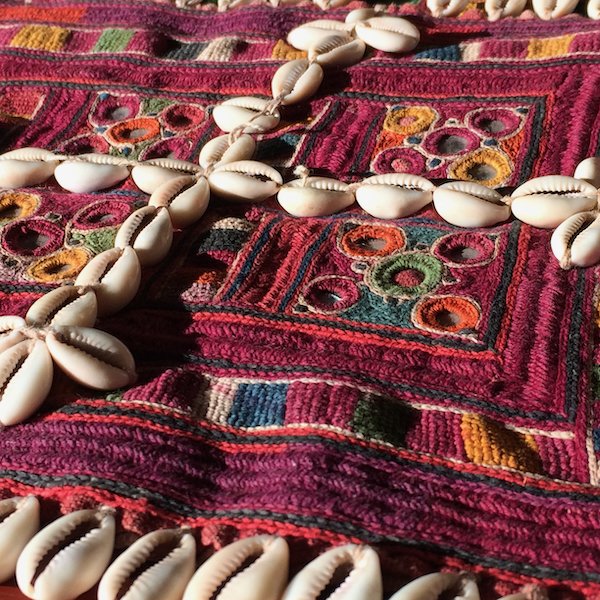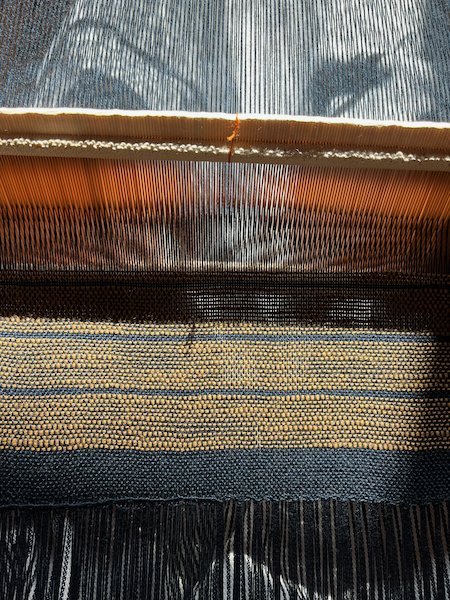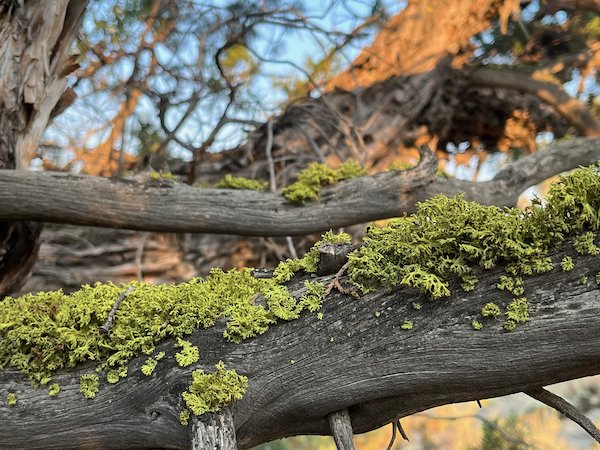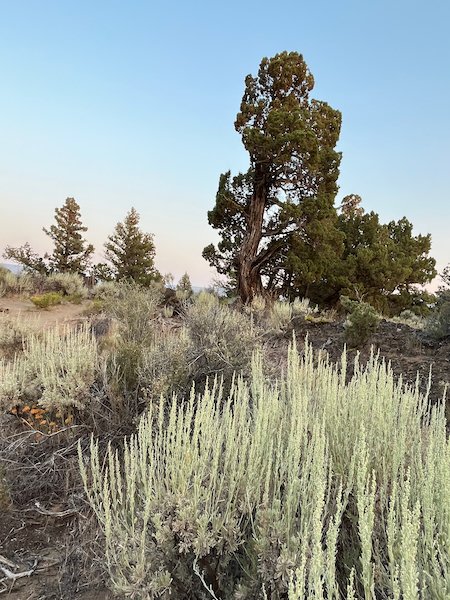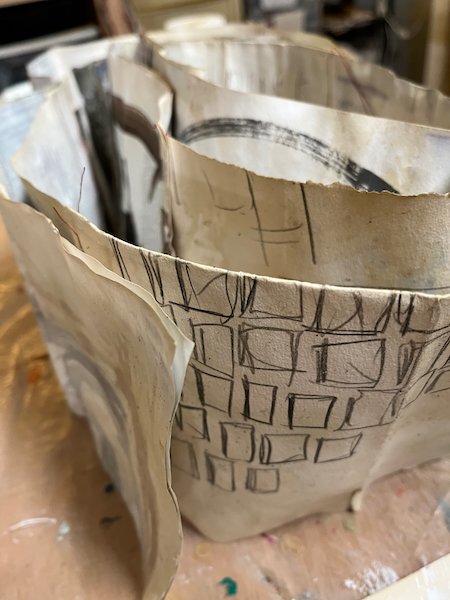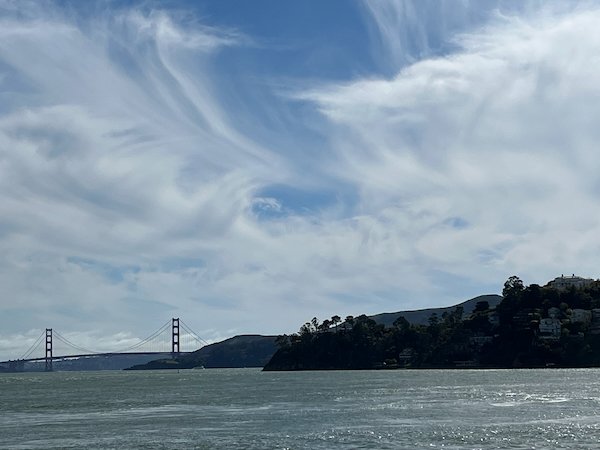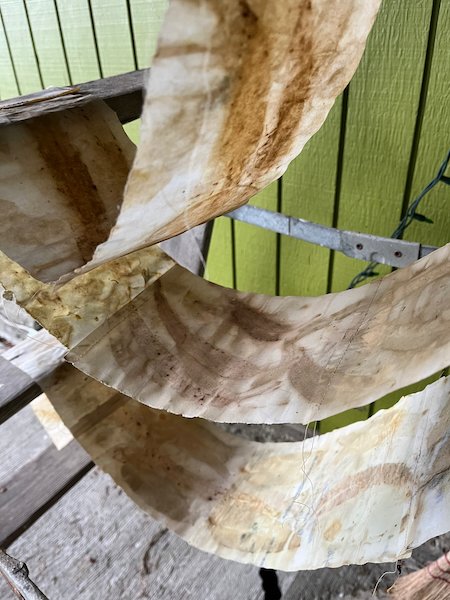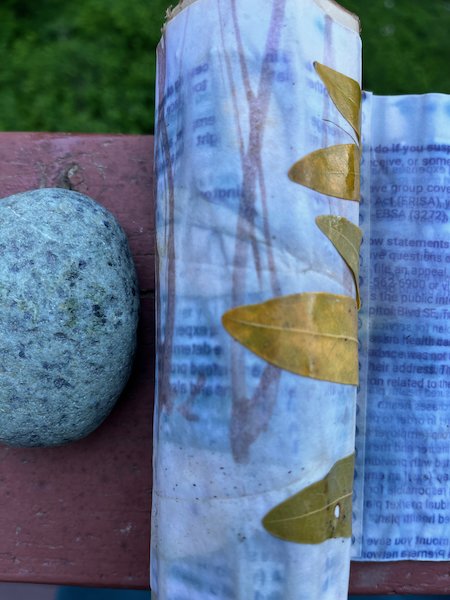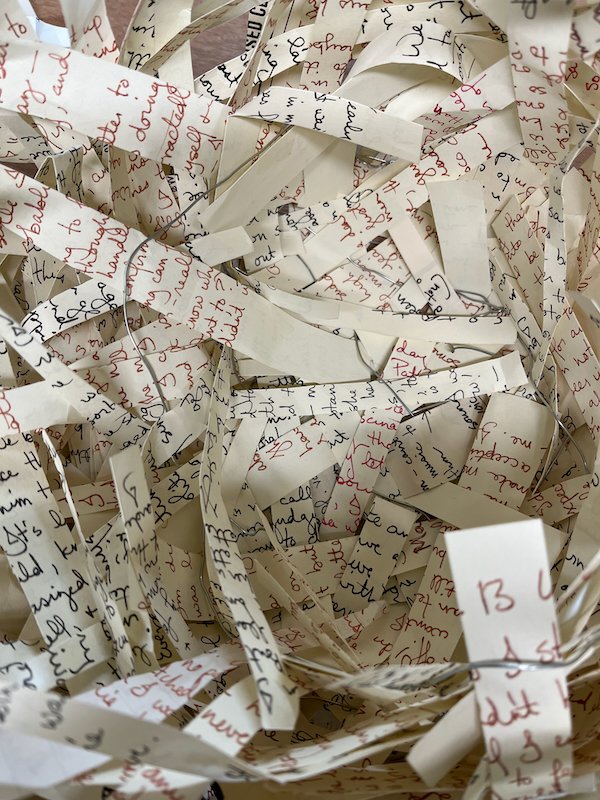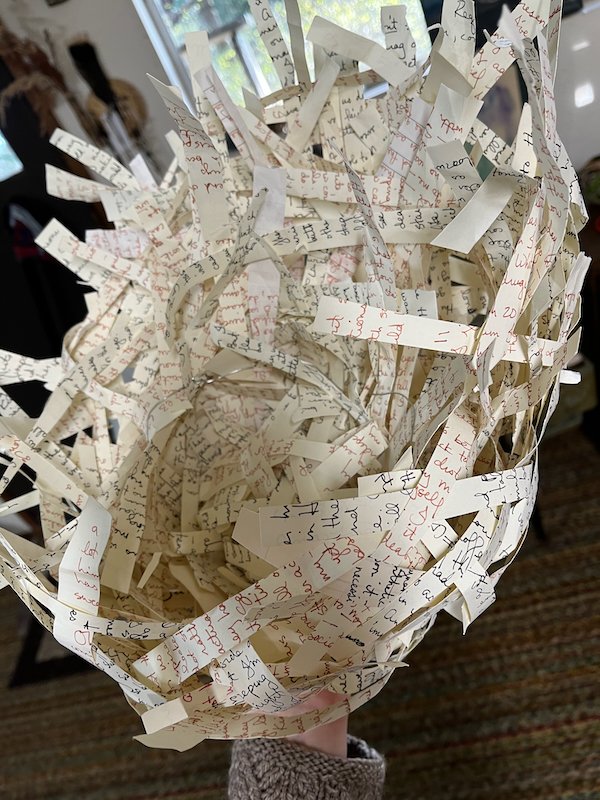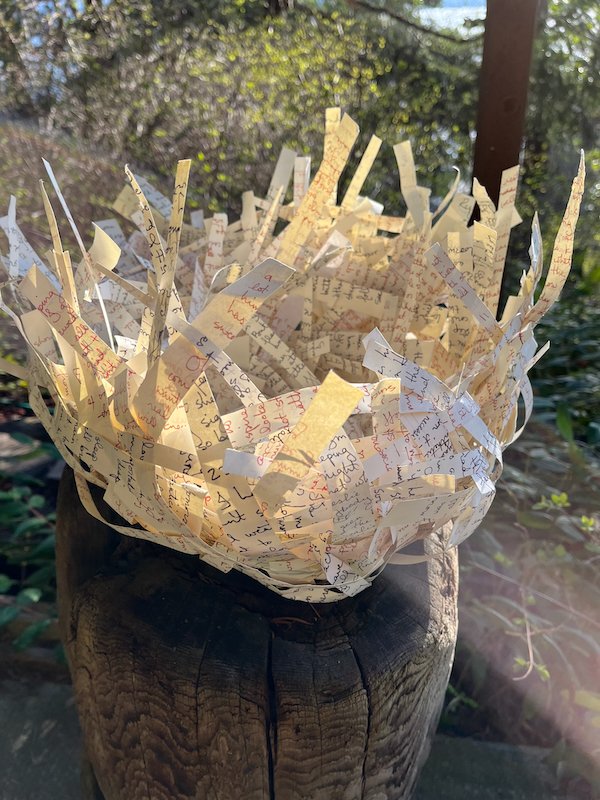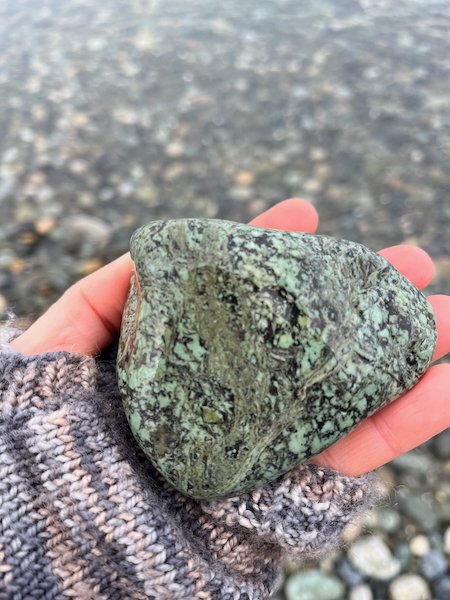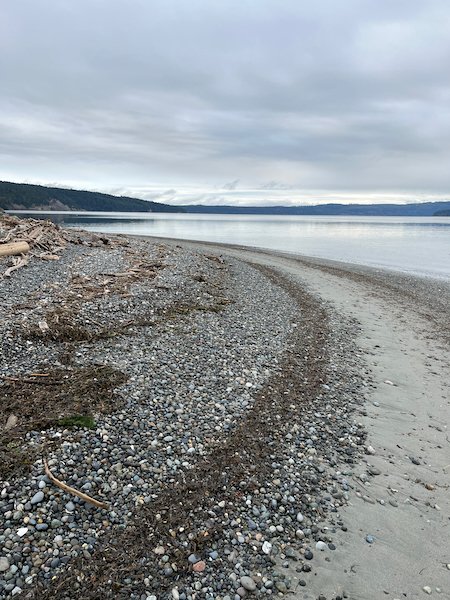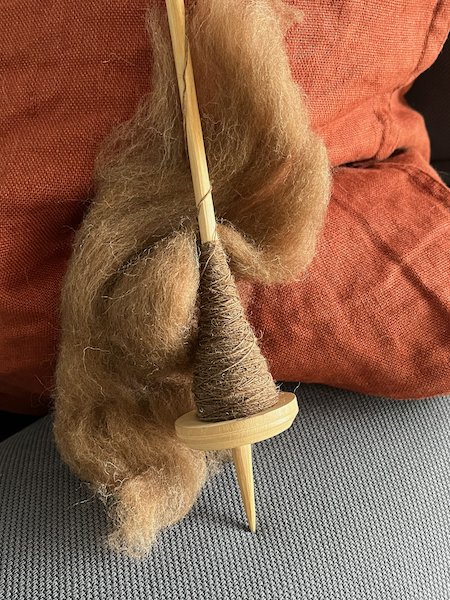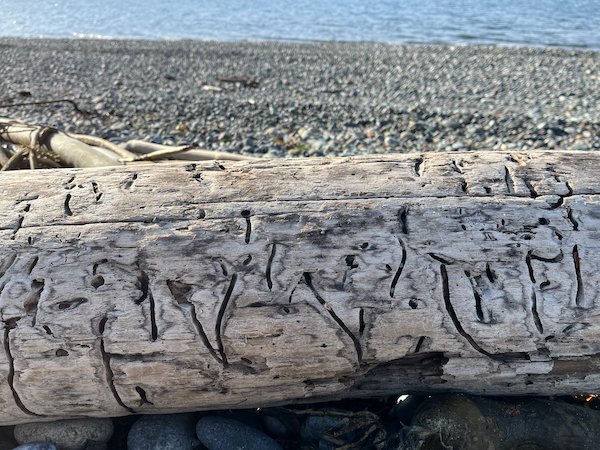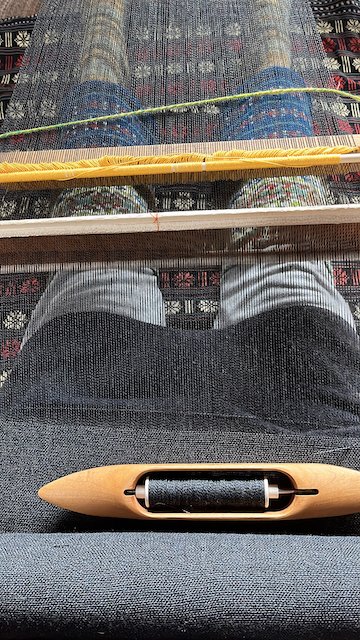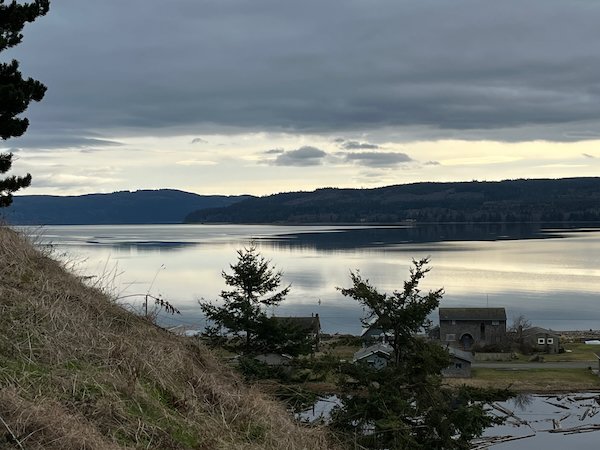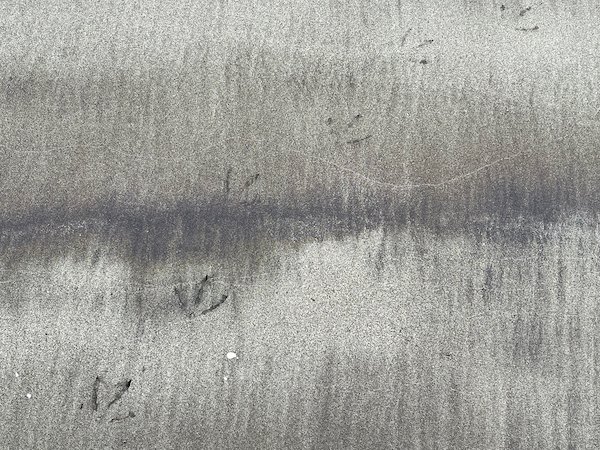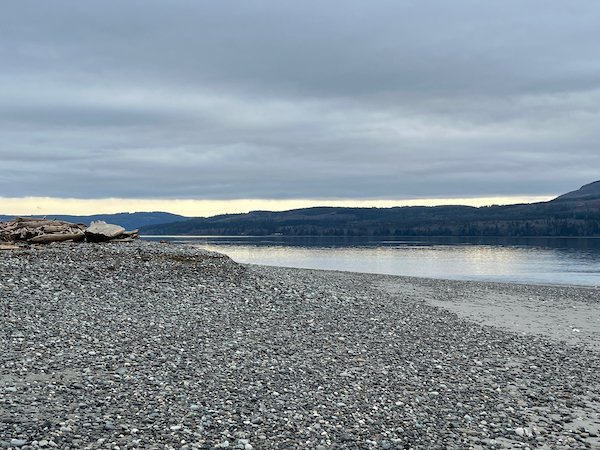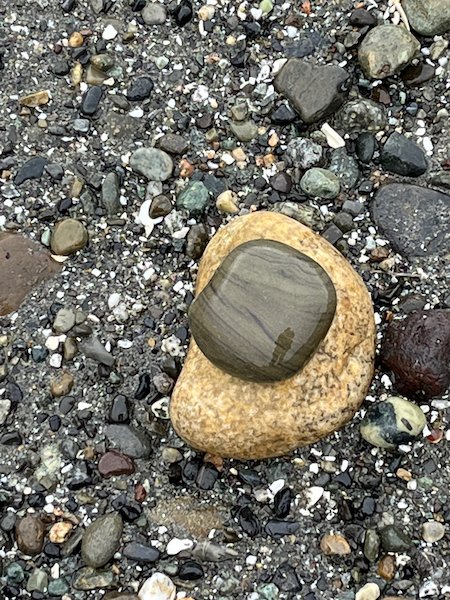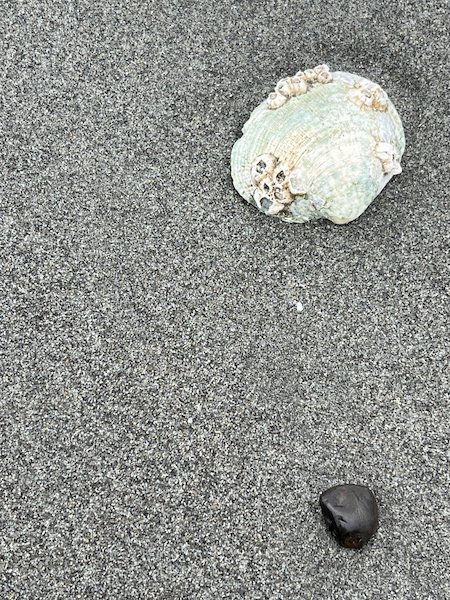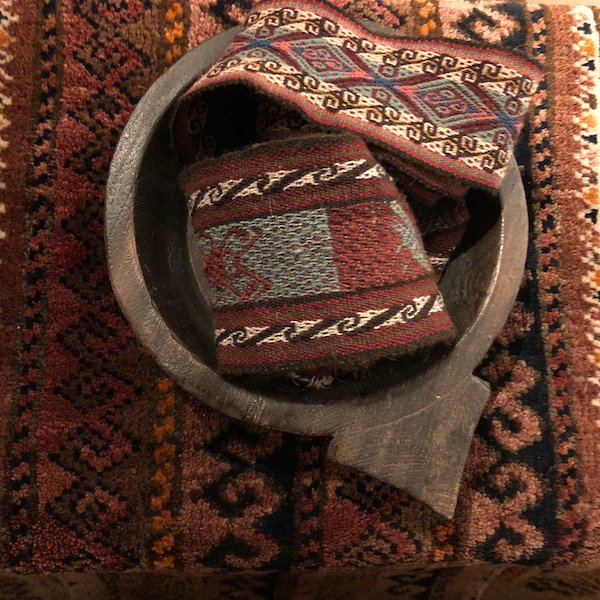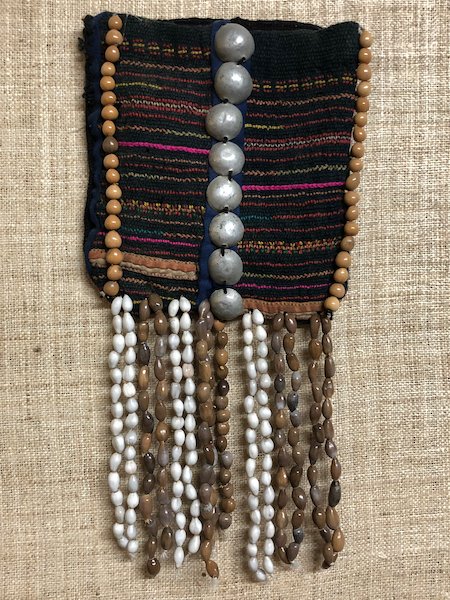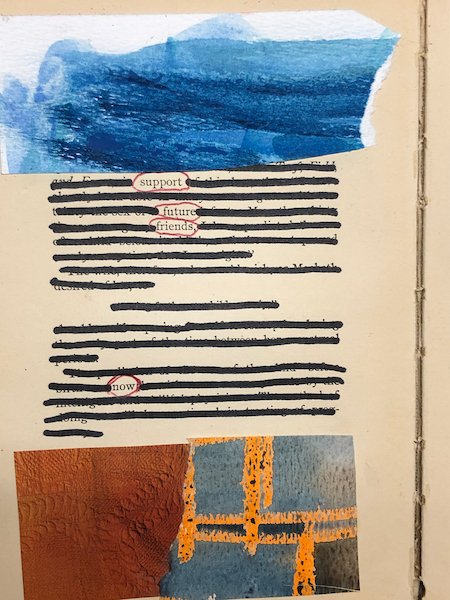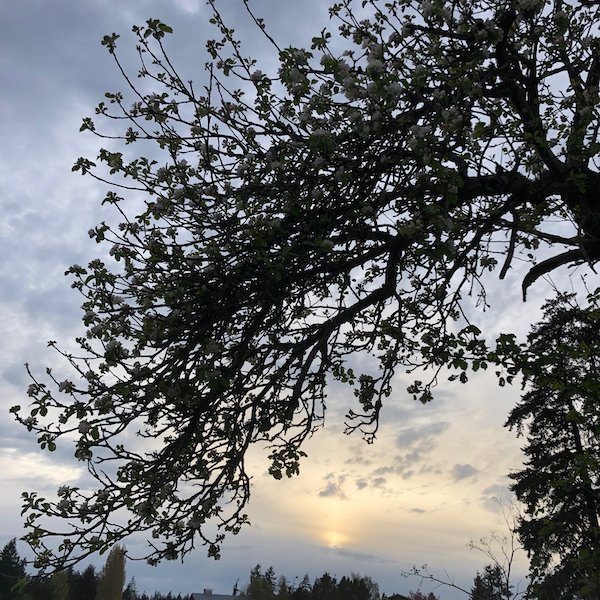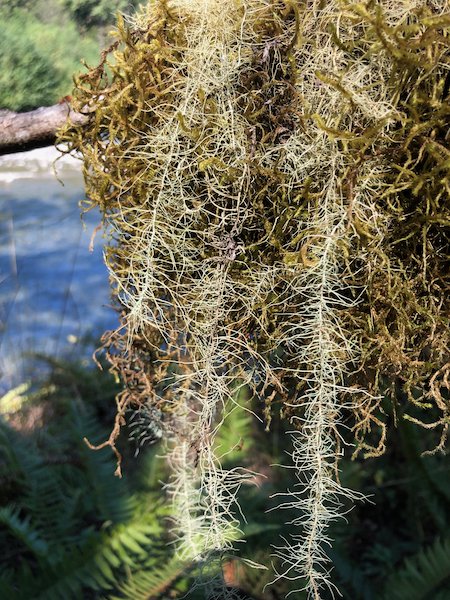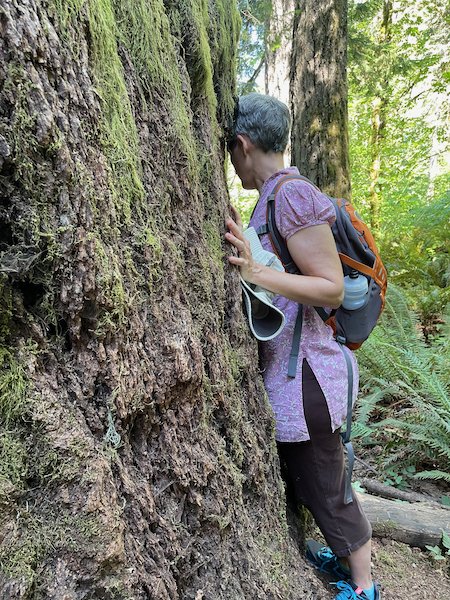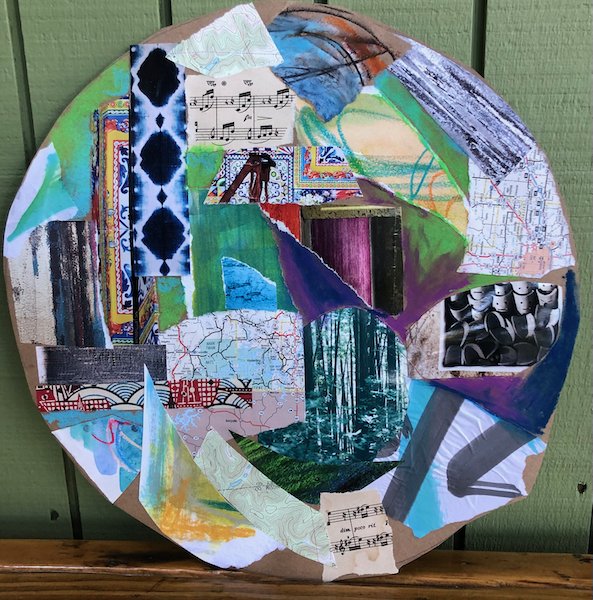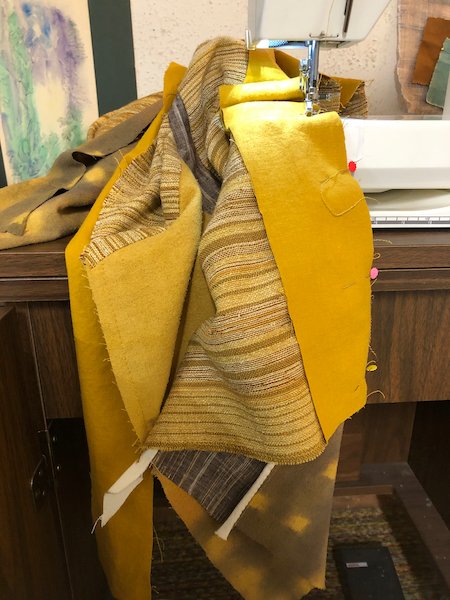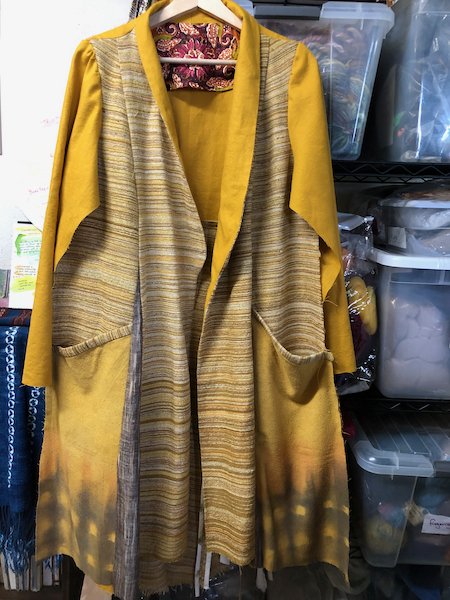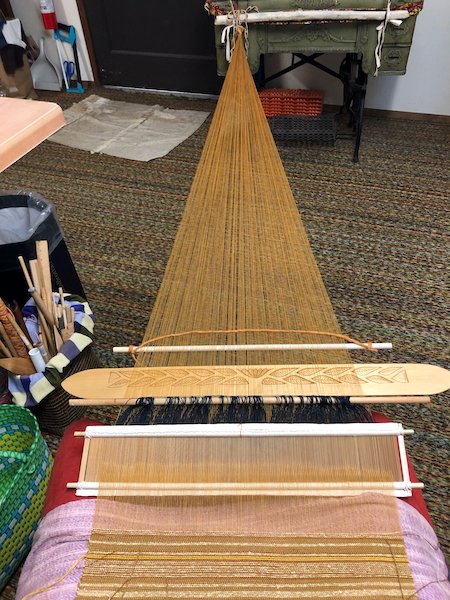I often end up feeling like the pictures speak for themselves, so that once I’ve added a few images, there’s not much to write. And words feel thin and flimsy these days…. overly manipulated like an old piece of paper gone soft, without stability. Words can be twisted to mean the opposite of what you might have thought they meant, then flipped back suddenly, reappropriated, thrown into the air and caught like a juggler’s sword - all of which is too fast for me, over here chewing on hundred-year-old poems in German. It may explain why writing has gotten harder, why listening to the birds makes more sense than any human speech, why I’d rather share some detail photos of handmade textiles and just say “Look.”
These are woolen textiles known as lingtse, from the region of Zangskar, the southern part of Ladakh in the Indian Himalayas. Lingtse are capes that women wear and make from panels of handspun, handwoven wool. The resist-dyed patterns and tied fringe are distinctive. The colors and tying of motifs are personalized enough that a young Zangskari woman I knew in Leh recognized a piece I had bought, knowing who made it. I have several of these because I find them deeply stunning, and they were on offer in the market while I was in Ladakh, between 1994 and 2006. I’m conflicted about “collecting” textiles now, but I have them and I wish for them to be seen and to be educational or edifying in some way, so here, look.
I was airing them out on the balcony. The sun highlights the texture of the twill weave, and the patina of use on the folds and seams. When I look closely like this, I can see the handwork, the particular care that went into the steps of spinning, weaving, sewing, and dyeing each piece. I can sense the human touch of the making and the daily use of the cloth. I wish you could smell them - they’ve been vacuumed but not washed, and they hold the smell of Ladakhi farms and livestock. These are not just special occasion garments - women typically wore them to work in the fields, tend animals, or whatever. They were just worn. They each have that feeling, of having been worn for a while. I’m hoping that they were sold because they were old and had been replaced with freshly made pieces, and not out of either desperation or disdain. I don’t really know - the textile marketplace gives me plenty of consternation, but my original motivation for buying them remains true: because I love and admire them, and I intend to treat them with respect.
I sometimes dream of having an educational textile gallery, a space where people can linger and appreciate the skill and wisdom radiating off of works like these. For now, I suppose this platform is that space, and while you can’t touch or smell these glorious Zangskari ambassadors, at least they will be seen and allowed to speak.
(I will add more photos to the lingtse page in the textiles tab, linked above. It will probably grow over time, as the ‘research’, ‘works’, and other tabs tend to do.)
Fungus from the Hoh Rainforest National Park, adding its song
One thing…. in writing about the details of textiles, I’m not turning away from what’s going on in the world. I consider it a way of continuing to focus on what is important, what might be wiped out if imperialism has its way. To some extent, I’m soothing my mind with this focus, if only because I don’t have the right words to speak otherwise. Some people are being very powerful with language, and I’d like to recommend Caitlin Johstone and Holly Truhlar at the moment.






